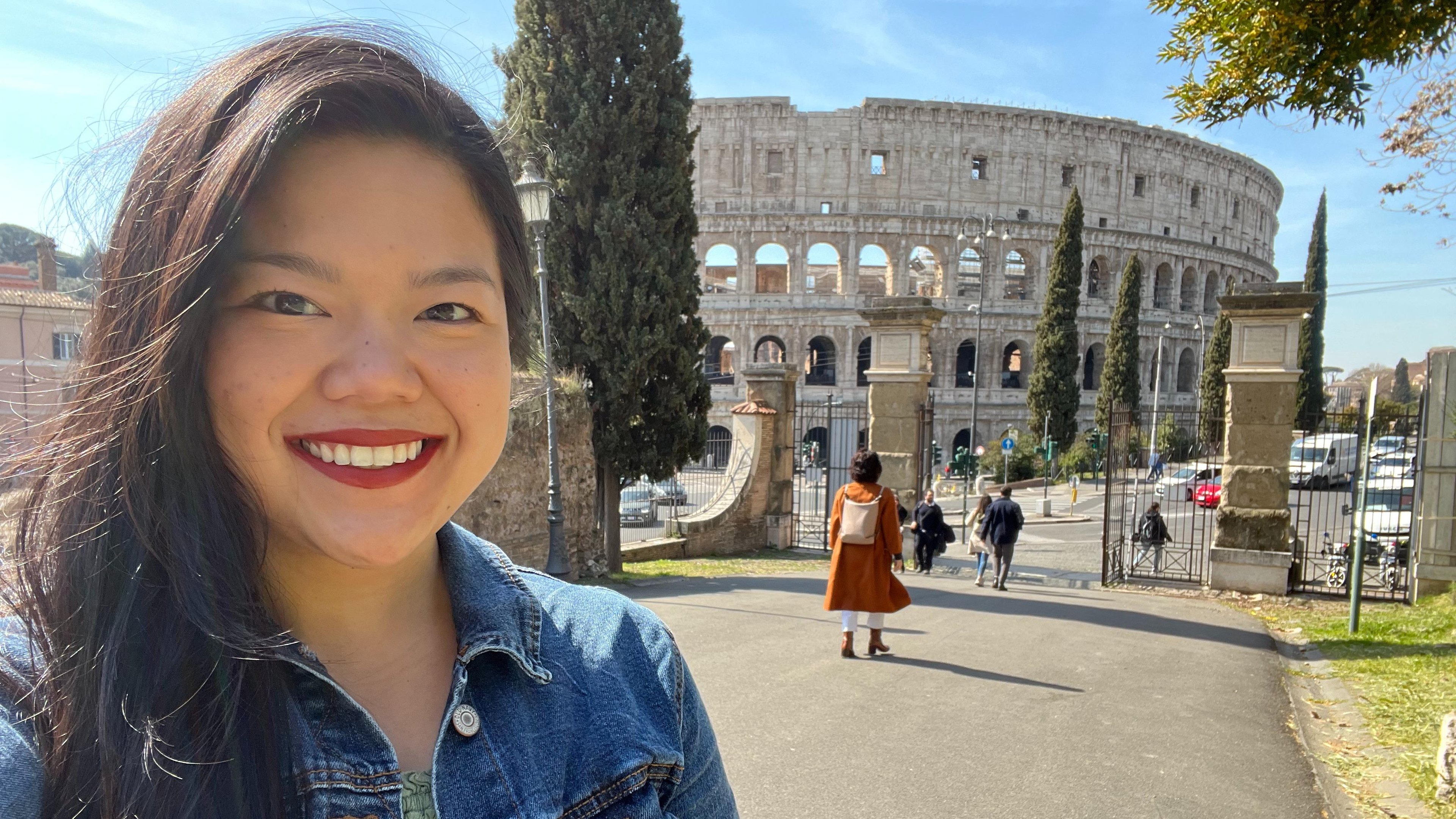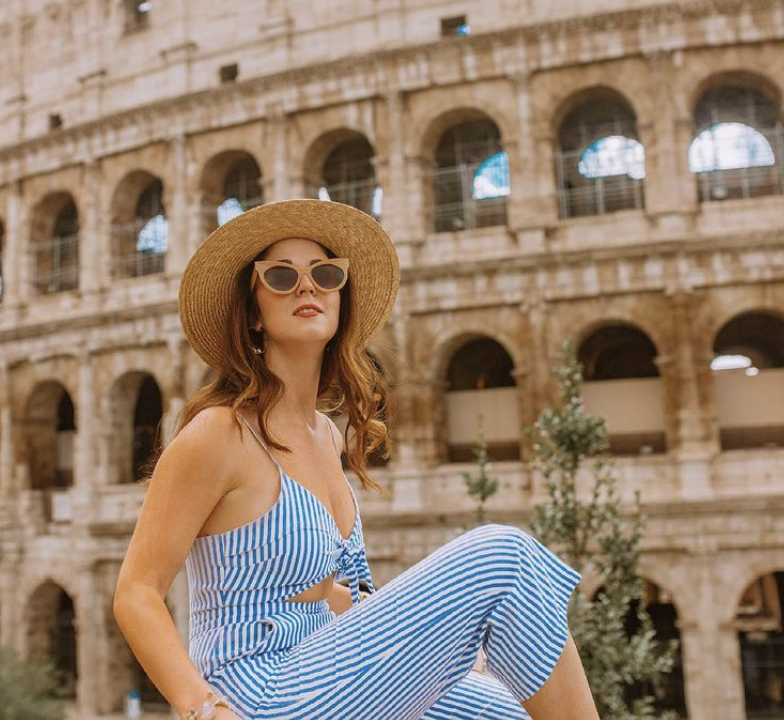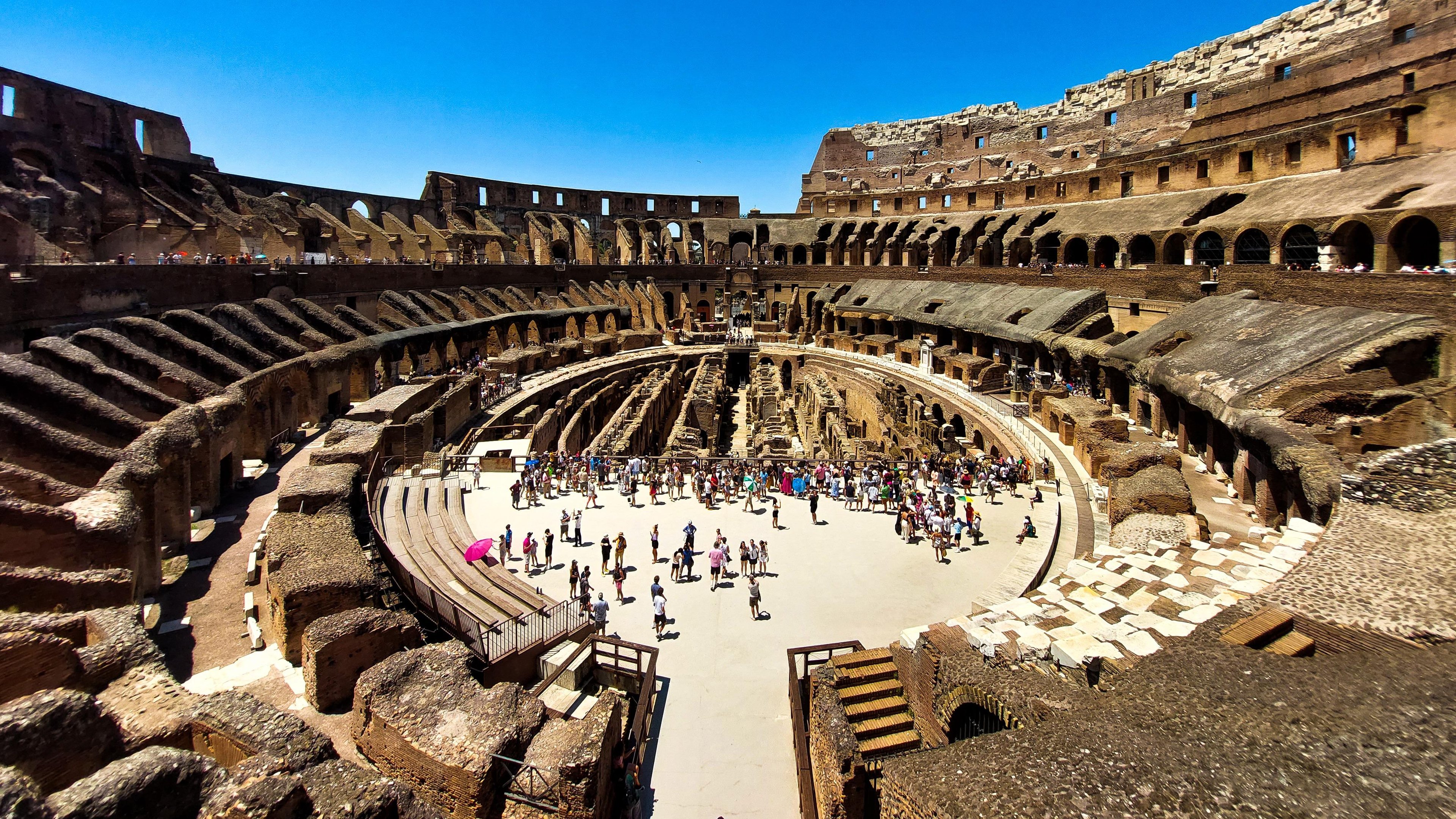Colosseum





Ask ThatchGPT
Suggest a local expert to plan my trip
Suggest an unique itinerary for my Italy trip
What foods do Italy locals eat
What are some true hidden gems in Italy
Help me brainstorm trip ideas for Italy
Help me plan a family-friendly trip to Italy
What people say
Pedro Pereira
Available for hire
"The Colosseum, also known as the Flavius Amphitheatre, is an elliptical marvel standing proudly in the center of Rome, Italy. Built between 70 and 80 AD, this colossal structure remains the largest ancient amphitheater ever constructed and continues to awe visitors with its architectural grandeur and historical significance.
For centuries, the Colosseum served as the heart of Roman entertainment. This massive amphitheater hosted a variety of spectacles, including gladiatorial combats, wild animal hunts, staged battles, and even public executions. Its ingenious design, with tiered seating offering excellent views from almost any point, and a complex system of tunnels and elevators ensured the smooth operation of these events.
The Colosseum's construction stands as a testament to Roman engineering prowess. The structure utilized a combination of concrete and volcanic rock, resulting in remarkable strength and durability. An intricate network of underground passages facilitated the movement of gladiators, animals, and scenery. The amphitheater's retractable awning, known as the velarium, provided shade for spectators, showcasing yet another feat of Roman engineering ingenuity.
Despite centuries of weathering and damage from earthquakes, the Colosseum remains a powerful symbol of Roman power and creativity. Today, it serves as a UNESCO World Heritage Site, attracting millions of visitors each year. Exploring its cavernous halls and imagining the roar of the crowds during ancient spectacles allows visitors to connect with a bygone era and gain a deeper appreciation for Roman civilization."
Read more in:
Ashley Federoff
Available for hire
"The largest ancient amphitheater ever built, this remarkable feat of engineering symbolizing the power,of the Roman Empire at its peak served as a grand stage for public spectacles.
In these cruel combat events, gladiators fought to entertain elites seated closest to the arena, serving the political purpose of providing "bread and circuses" to the lower class populace.
Tour the Colosseum daily from 8:30 AM - 7:15 PM for €18 to see the complex inner structure up close, exploring viewing tiers of various heights to reimagine the ancient amphitheater from three different perspectives.
Purchase admission tickets online in advance. The ticket box office frequently sells out and buying a ticket in this manner entails waiting potentially hours in a long queue.
The most desirable ticket times—namely the morning when it’s not so hot—sell out the fastest, so you can imagine obtaining full experience and guided tours are even harder to secure.
These tickets are released 30 days in advance on the exact minute of the tour time. For example, if the tour starts at 9:30 AM CEST, then the tickets become available at 9:30 AM CEST exactly 30 days before the designated date.
Set an alarm if you’re seeking one of these more premiere packages, since a substantially smaller amount of these experiences are sold compared to the standard admission!
Pro Tip: On the first Sunday of each month, entry to the Colosseum is free, however you should expect much larger crowds on these days. "
Read more in:
Monica Mikhail
"The Colosseum, also known as the Flavian Amphitheatre, is an iconic symbol of Rome and one of the most famous landmarks in the world. It is an oval-shaped amphitheater located in the center of Rome, Italy, and is considered one of the greatest architectural and engineering feats of the ancient Roman Empire. The construction of the Colosseum began in 72 AD and was completed in 80 AD under the rule of the emperors Vespasian and Titus. The Colosseum was primarily used for gladiatorial contests and public spectacles, such as animal hunts, mock sea battles, and reenactments of famous battles and mythological scenes. The Colosseum could hold up to 80,000 spectators and had a sophisticated system of elevators, trapdoors, and ramps to move people, animals, and scenery in and out of the arena. It was built using concrete and stone and was considered a marvel of Roman engineering. Despite suffering from earthquakes, fires, and vandalism over the centuries, the Colosseum still stands today as a testament to the ingenuity and architectural prowess of the ancient Romans. It is a popular tourist destination and a UNESCO World Heritage site, attracting millions of visitors every year. Admissions start at €24. "
Read more in:
Mentioned in these guides
About Colosseum
Get the inside scoop on Colosseum from local experts, travel creators, and tastemakers. Browse genuine trip notes, Colosseum reviews, photos, travel guides, and itineraries from real travelers and plan your trip with confidence.
Website
Save this spot for later or start mapping out a new trip today
Try our AI Travel Assistant and get instant answers to any questions about your trip.
Ask ThatchGPT


